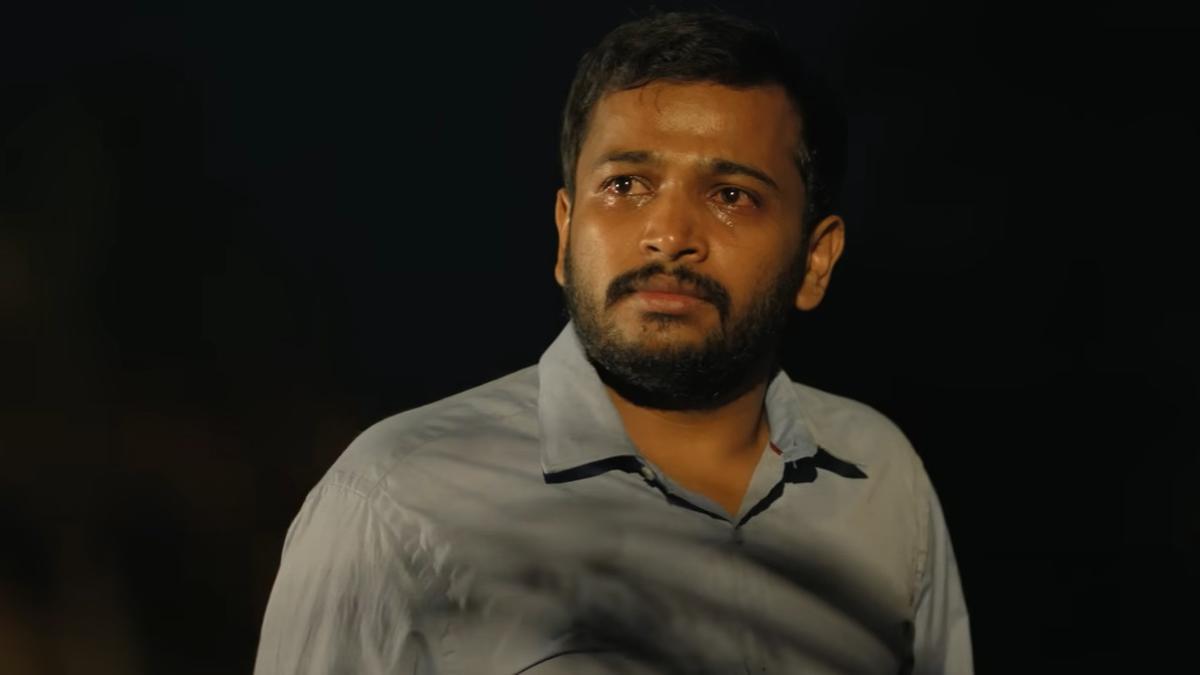
Imagine a country teetering between modern liberalism and conservative tradition, where women once freely roamed the streets in Western clothes. This was Iran, not too long ago, half a century before it stood on the world stage as the strictly Islamic nation we recognize today. The revolution of 1979 dramatically changed its course, overthrowing the last Shah of Iran, Mohammad Reza Pahlavi, for Ayatollah Khomeini, and establishing an Islamic Republic.
The revolution’s spark can be traced back to an extravagant fête that not only showcased extreme opulence but also underlined a divide between the Shah and his people. Let us explore this extraordinary event that set the stage for a profound metamorphosis of a 2,500-year-old monarchy into a theocratic state.
Mohammad Reza Shah, ascending the throne in 1941, was a man of immense wealth and a penchant for Western culture. He opposed stringent religious customs such as the mandatory wearing of the hijab, which put him at loggerheads with religious sects. His reign saw the adoption of liberal policies, yet half of Iran’s populace lived in poverty, with many imprisoned for dissenting against his ruling blueprint.
The catalyst was an opulent celebration that took place in 1971, with a year of meticulous planning preceding it. The chosen venue was not the bustling capital filled with palaces but a desolate desert known as Persepolis—home to the tomb of Cyrus the Great, the empire’s founding emperor. In stark contrast to this vast wasteland setting up for a royal party, locals grappled with shortages, including clean drinking water.
The Shah’s guest list transformed the festivity into an event of global significance, with delegates from 65 nations making the journey to Iran. To metamorphose the desert into a lush illusion, 50,000 birds were imported, only to succumb to the harsh environment within days.
Known as the world’s most expensive party—the City of Tents, constructed in the desert for guest accommodation, required a staggering logistical convoy of 40 trucks and 100 planes from France. The spectacle included 18 tons of food, 180 waiters, and 25,000 wine bottles, ensuring a kingly atmosphere for the worldwide elite. The security matched the splendor, and for three days, monarchs reveled under the Persian skies.
But as the illustrious guests departed, the Shah’s troubles mounted. The rumors began: a staggering $100 million had been splurged on the shindig. News of the astronomically priced bash ignited the already simmering public, pushing resentment toward an all-time high.
This lavish display became a beacon for critics of the Shah, including Ayatollah Khomeini, an Iranian Shia cleric exiled at the time. His influence grew, fueling protests against the Shah’s continued reign. By 1979, the intensifying unrest forced the Shah to flee Iran while Khomeini returned triumphant. Under his watch, the Islamic Republic of Iran was born, implementing Sharia law that imposed harsh penalties for women caught without the hijab—from 74 lashes to 16 years of incarceration.
In summary, the story of Iran’s monumental shift from monarchy to an Islamic Republic carries the haunting echoes of a single event—that world’s most expensive party—that catalyzed a revolution and forever changed the face of a nation.










